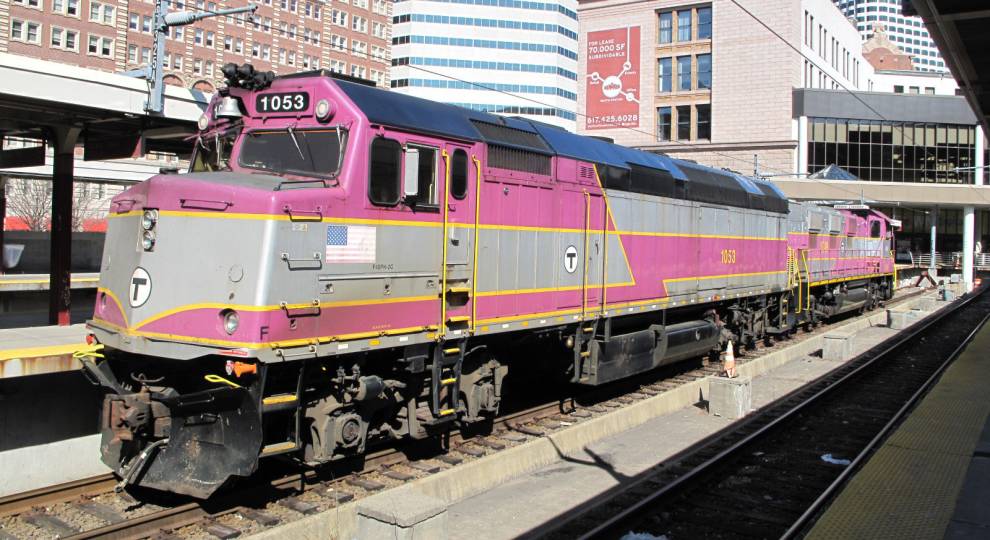The Challenge of Commuter Rail

One major problem with American public transportation is the incredibly high cost of construction. Another is the spread out nature of American cities. How does one create functional public transportation in the era of climate change given these realities? These are very problems in an industry with enormous costs, skyrocketing overhead, and which is dependent on closely working with often dysfunctional governments at the local, state, and federal level. Jake Blumgart is one of our smartest writers on these issues and here’s a recent exploration of his on it. His conclusion:
But advocates of enhanced service argue that these infrastructural challenges are not as big as transit agencies are claiming. In an era when the federal government has been providing unprecedented support to mass transit and Congress is debating the largest infrastructure spending initiative in modern memory, there may be fiscal room to maneuver.
There is already proof in America that such service can thrive. In Philadelphia there is another suburban train service, the Port Authority Transit Corporation Speedline (PATCO), that operates similarly to European regional rail services. Built in the 1960s, it never used conductors and instead has ticketed turnstiles and uniform high-level platforms. There is just one operator on every train and, at least pre-pandemic, service ran every 15 minutes throughout the day between Center City Philadelphia and a large swath of the South Jersey suburbs. (Unlike SEPTA’s regional rail, however, PATCO does not share track with Amtrak or the freight companies, so it does not face the traffic jams Hill warns about.)
But from the perspective of Richard Dixon, now retired from SEPTA, this discussion of running more frequent service with fewer workers per train seems outlandish. It also seems dangerous.
“The idea of just one guy to control a lot of doors, to save money, you start getting into some safety issues then,” says Dixon. “You may have a handicapped person somewhere, or there can be a problem at a certain door, you aren’t going to be able to see everything. But people always had this idea, because they’re looking at the bottom line. And the bottom line only.”
Dixon also believes, like Hill, that this discussion is addressing a problem that doesn’t necessarily exist. Those morning and evening rush hours will be back eventually, he predicts, and so will traditional commuter rail.
But transportation observers aren’t so sure. Even in New York, America’s most transit-dependent city, ridership is still deeply depressed. New York University’s Eric Goldwyn argues transit unions that represent workers like Dixon could be brought around to a more dramatic vision of reform, like European-style regional rail system that runs frequently. If they see that the previous model is outmoded and this is a way that their members’ jobs can be preserved, a coalition may be possible.
“The unions can be open to improvements, if they can be shown that this is going to be in the best interest not just of transit riders and our budget, but also in keeping transit viable and more attractive in the long run,” says Goldwyn, who is an assistant professor of transportation at NYU. “It’s about trying to make this win-win-win. But threading that needle is really difficult.”
There are no easy answers. And yet, it is imperative that we figure it out and soon. Like yesterday soon.


